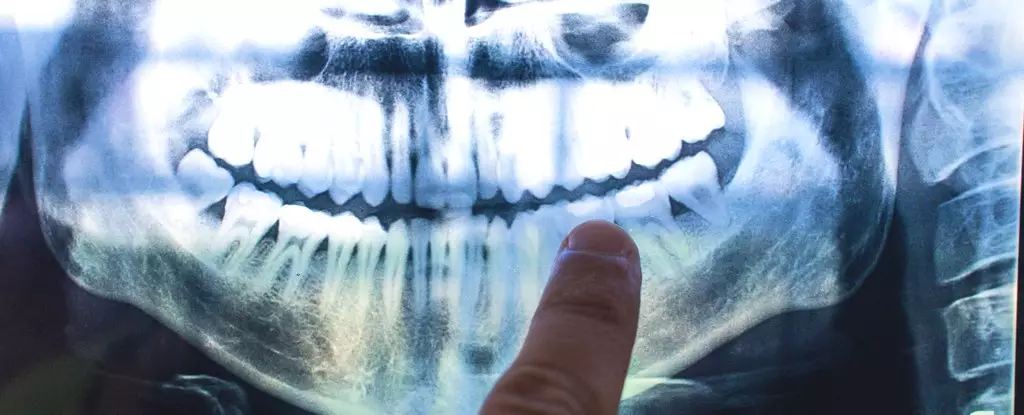Oral diseases, such as tooth decay and gum disease, are alarmingly prevalent on a global scale, impacting an estimated 3.5 billion people. These conditions not only affect individuals in terms of pain, infection, and potential tooth loss, but they also have serious implications for overall health. Research indicates that gum disease is linked to various other chronic diseases, including cardiovascular disease, diabetes, Alzheimer’s disease, rheumatoid arthritis, and cancer. The economic burden of oral diseases is substantial, ranking as the fourth most expensive group of diseases to treat worldwide. In addition to the direct costs of treatment, there are also indirect costs associated with productivity losses due to time off work or school.
A study conducted by researchers from the University of Greenwich and Cape Western Reserve University utilized advanced modeling techniques to predict the prevalence of tooth decay and gum diseases among UK adults from 2020 to 2050. The projections indicate a worrisome trend, with over half of the UK’s population potentially living with some form of dental disease by the middle of the century. Specifically, the prevalence of gum disease is expected to rise from 42% to 54% of the population by 2050. The number of individuals exhibiting symptoms of gum disease, such as gum pockets and tissue loss, is anticipated to increase from 25.7 million to 28 million over the same period. Furthermore, the number of people affected by gum tissue loss alone is projected to escalate from 18.7 million to nearly 21 million by 2050.
Aging Population and Changing Oral Health Trends
The outlook for oral health in different age groups paints a troubling picture. While there is a slight decrease in the prevalence of tooth decay among adults aged 16 to 59, the number of individuals over the age of 60 with tooth decay is expected to nearly double by 2050. This shift highlights the importance of prioritizing good dental care, particularly for those currently in their 30s and 40s, to mitigate the burden on older adults in the future. The findings underscore the need for proactive measures to address the impending oral health crisis.
One limitation of the study is its reliance on data from the 2009 Adult Dental Health Survey, assuming constant prevalence rates for dental diseases over time. Future research should incorporate more recent survey data to improve the accuracy of projections. Several factors contribute to poor dental health, including inadequate oral hygiene practices, limited access to dental care, and socioeconomic disparities. The COVID-19 pandemic has exacerbated existing challenges in accessing dental services, necessitating urgent action to prevent a further decline in oral health outcomes.
Proactive Strategies for Improving Oral Health
Addressing the looming oral health crisis requires a multifaceted approach, encompassing policy changes, healthcare integration, and individual behavior modification. The government plays a pivotal role in implementing proactive measures to meet the evolving oral health needs of the population, especially the aging demographic. Enhancing access to quality dental services, promoting early screening initiatives, and ensuring prompt treatment of dental issues are essential components of a comprehensive oral health strategy. Investing in education programs to enhance oral health literacy and advocating for water fluoridation are critical steps in preventing tooth decay and gum diseases.
On a personal level, individuals can take proactive steps to safeguard their oral health. Practicing good oral hygiene habits, such as regular brushing and flossing, reducing sugar consumption, quitting smoking, and moderating alcohol intake, can significantly impact oral health outcomes. Routine dental check-ups every two years, or more frequently if concerns arise, are essential for early detection and intervention. Promptly addressing any changes or issues in oral health is crucial for maintaining overall well-being.


Leave a Reply